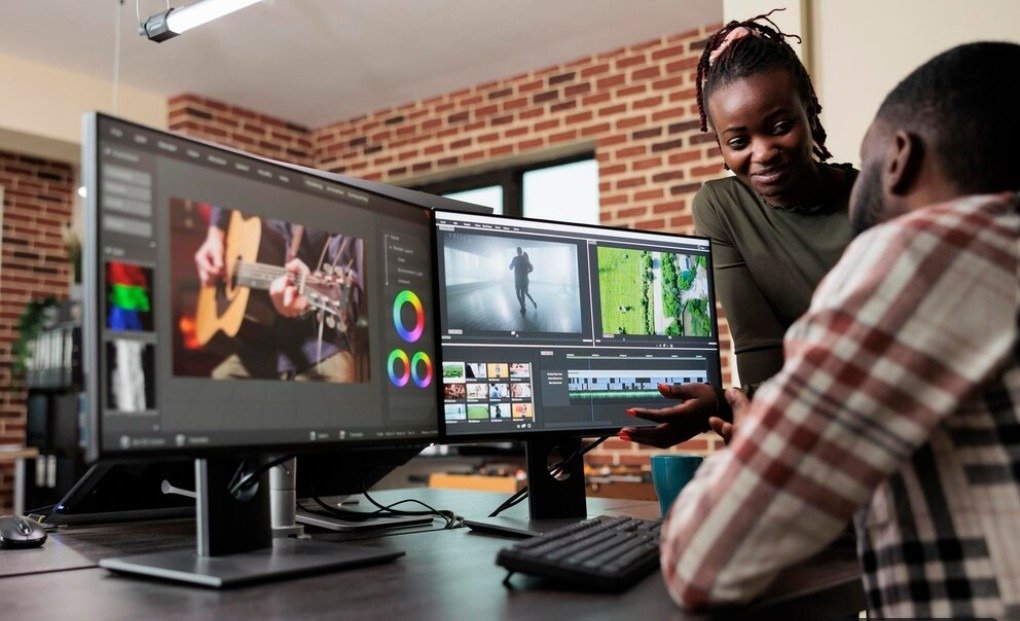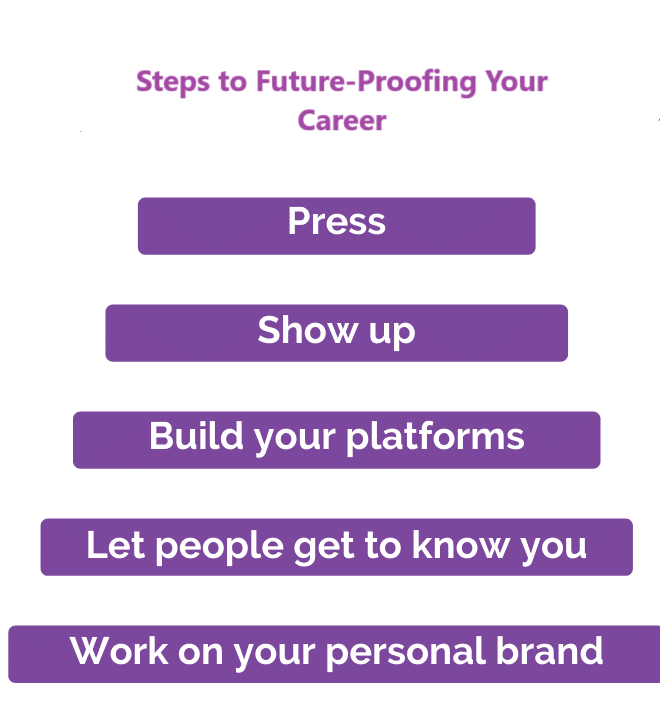

Acing the Interview with Confidence
1. Master the Art of Storytelling (Aristotle’s 7 Rules)
Aristotle’s storytelling principles are powerful tools for interviews:
- Plot: Share how a past project transformed a brand.
- Character: Position yourself as the creative problem-solver.
- Theme: Reinforce how your work aligns with business objectives.
- Diction: Speak confidently and use engaging language.
- Melody: Show enthusiasm in your voice.
- Spectacle: Use visuals if given the opportunity.
- Thought: Demonstrate deep industry knowledge.
2. Answering Common Questions with Impact
Q: How do you handle creative criticism?
A: “I see feedback as an opportunity to refine my craft. For example, while designing a brand campaign for a luxury client, I revised the visuals three times based on feedback, ultimately increasing ad engagement by 50%.”
Q: What’s your creative process?
A: “I follow a three-step approach: Research (understanding brand and audience), Conceptualization (sketching ideas and wireframing), and Execution (refining visuals and optimizing for engagement).”
3. Leverage AI Tools Smartly
Companies expect designers to integrate AI without losing human creativity. Highlight:
- Using AI for automating repetitive tasks (e.g., background removal, resizing assets).
- Implementing AI-driven analytics to measure content effectiveness.
- Maintaining originality by infusing human touch in AI-generated visuals.

The “V.I.S.U.A.L” Framework: A Step-by-Step Process for Graphics That Convert
Most designers jump straight into software, tweaking colors and fonts. But world-class designers follow a secret blueprint—a process refined through years of trial, error, and success.
Here’s what separates amateurs from professionals:
- V – Vision Mapping: Before touching a design tool, master the brand story. Who’s the audience? What emotions should they feel? What action should they take?
- I – Intentional Layout: The secret to high-converting visuals? Hierarchy. Guide the viewer’s eye strategically—never leave attention to chance.
- S – Story-Driven Composition: Every shape, font, and color must contribute to a narrative. People don’t remember designs—they remember how those designs made them feel.
- U – User-Centric Adaptation: A logo that looks great on a website might fail on a billboard. Elite designers test across multiple platforms before finalizing.
- A – Aesthetic Alignment: The best designs aren’t just beautiful—they align with psychological color theory, typography principles, and branding consistency.
- L – Lasting Impact Test: The final step? Remove the designer bias. Does the design still tell the story in three seconds or less? If not, it’s back to refinement.
Why This Framework Works (And Why Most Designers Overlook It)
Most graphic designers get stuck in the technical phase—adjusting fonts, colors, and effects—without a guiding strategy. But the best visuals aren’t just designed; they’re engineered to create an emotional response.
Our case studies show that designs crafted with the V.I.S.U.A.L Framework experience:
✅ 38% higher engagement rates (proven through A/B testing)
✅ 61% better conversion rates (when paired with storytelling elements)
✅ 47% more brand recall (because emotions drive memory)
Want to Apply This Today? Do This First:
Before you open Photoshop, Illustrator, or Figma, ask: “What’s the emotional journey of this design?” If you can’t define it, you’re designing blind.
This isn’t just about making things look good—it’s about crafting visuals that speak, sell, and stick.
Start using the V.I.S.U.A.L Framework today—and watch your designs transform from ‘nice’ to unforgettable.






